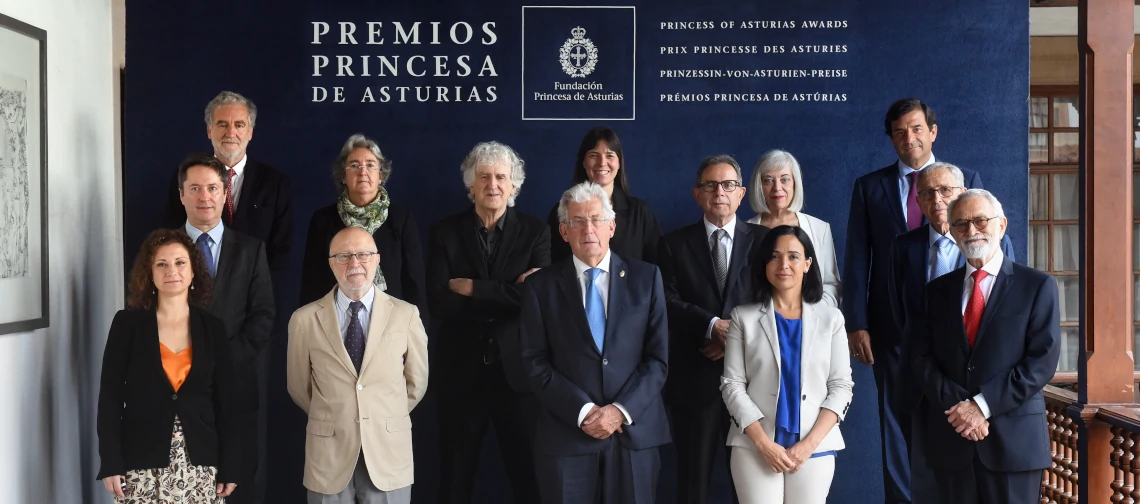The Jury responsible for conferring the 2022 Princess of Asturias Award for Technical and Scientific Research will meet this coming 14th and 15th June in Oviedo. This is the seventh of the eight international awards convened by the Princess of Asturias Foundation this year, now in their 42nd year. A total of 47 candidatures encompassing 16 different nationalities are in the running for the Award. The meetings will be held at the Reconquista Hotel, Oviedo.
As stated in the Foundation’s Statutes, the Princess of Asturias Awards are aimed at rewarding “the scientific, technical, cultural, social and humanitarian work carried out at an international level by individuals, institutions or groups of individuals or institutions”. In keeping with these principles, the Princess of Asturias Award for Technical and Scientific Research shall be aimed at recognizing “the work of fostering and advancing research, discovery and/or invention in the field of mathematics, astronomy and astrophysics, physics, chemistry, life sciences, medical sciences, earth and space sciences or technological sciences, including those disciplines corresponding to each of these fields as well as their related technologies.”
Each Princess of Asturias Award comprises a Joan Miró sculpture representing and symbolising the Award, a diploma, an insignia and a cash prize of fifty thousand euros.
The members of the Jury will hold an initial meeting with the media at 11:00am on Tuesday 14th in the hotel’s “Salón de Consejos” reception room (first floor) immediately prior to its formal constitution and the start of its deliberations, which will commence at 11:30am. Each jury shall have a chairperson and an acting secretary. Both shall be appointed by the Princess of Asturias Foundation and shall have voice and vote.
The Jury’s decision will be announced at 12:00 noon (GMT+2:00) on Wednesday 15th, in the “Salón Covadonga” reception room in the same hotel (ground floor), following which the members of the Jury will be available for interview.
Composition of the Jury
The Jury will be made up of the following persons:
- Pedro Miguel Echenique Landiríbar (chair)
- Manuel Toharia Cortés (acting secretary)
- Juan Luis Arsuaga Ferreras
- César Cernuda Rego
- Juan Ignacio Cirac Sasturáin
- Avelino Corma Canós
- Elena García Armada
- Jerónimo López Martínez
- Sir Salvador Moncada
- Concepción Alicia Monje Micharet
- Ginés Morata Pérez
- Inés Rodríguez Hidalgo
- María Teresa Telleria Jorge
- María Paz Zorzano Mier
In order to minimize the risk of contagion and spread of the virus, the following recommendations apply regarding news coverage of the Jury meetings:
- Attendance is limited to one graphic reporter (photo or video) and one news writer per news medium.
- Bring a mask and wear it correctly at all times, covering nose and mouth.
- Keep a safe distance.
Iframe code for live streaming of the announcement of the jury’s decision:

